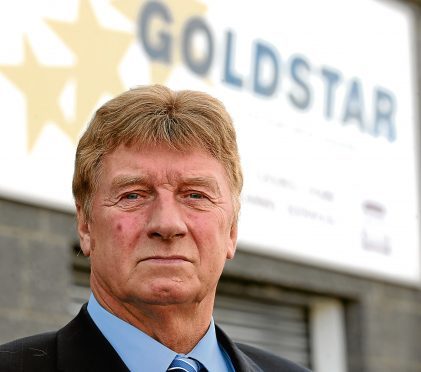Three-fifths of business owners don’t want the Scottish Government to change income tax rates, while two-thirds believe an increase would be detrimental to the economy, according to a poll by the Federation of Small Businesses (FSB).
The business group has written to Finance Secretary Derek Mackay with their survey results ahead of this week’s Scottish Government budget.
The survey of 315 business owners conducted last month shows that about three-fifths of the sample want income tax rates to stay the same, about a fifth want tax rates to decrease, while a similar proportion want them to increase.
In the correspondence to Mr Mackay, FSB also makes the case for action to make the Scottish non-domestic rates system more user-friendly, as well as a comprehensive plan to improve local infrastructure including roads and broadband. The campaign group also argues that income from the apprenticeship levy should be used to help smaller firms build skills.
Andy Willox, FSB’s Scottish policy convener, said: “The Scottish Government must squeeze every drop of value out of existing budgets.
“That’s why it is important that plans are developed to ensure their spending power delivers for Scotland’s local economies. Addressing Scotland’s patchy local infrastructure network would be a good place to start.”










